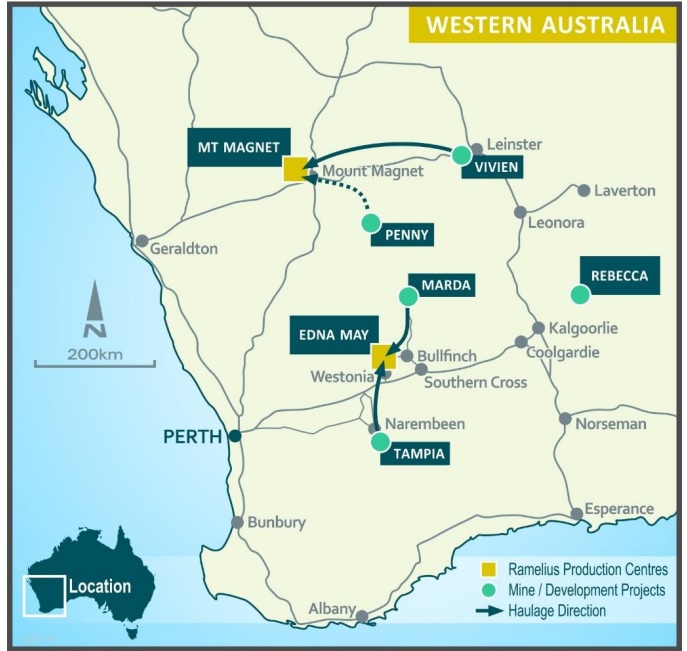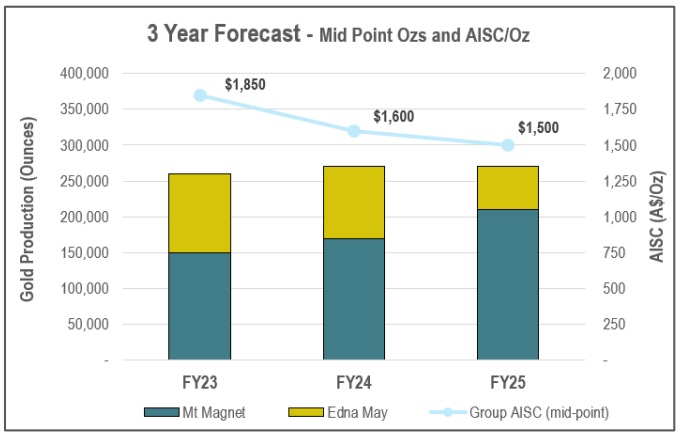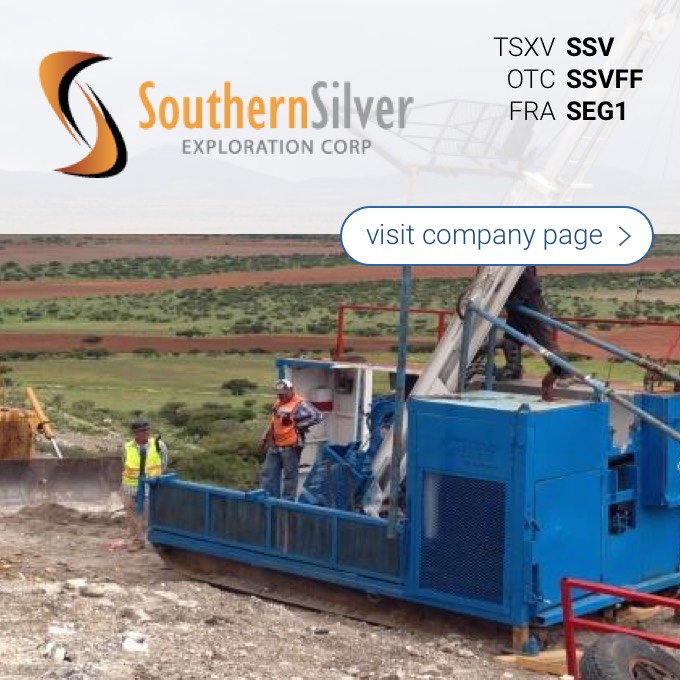
ASX-listed Ramelius Resources (RMS.AX) provided a three year production guidance aiming for a consistent production rate of 240,000-290,000 ounces of gold per year. These ounces should be produced at a continuously decreasing all-in sustaining cost as the mid-point of the AISC for this year was estimated at A$1,850 per ounce but this should decrease to just A$1,500 per ounce in FY 2025 as the production from Mt Magnet will exceed 200,000 ounces of gold in that year. As gold is trading over A$2,500 per ounce, the net margins should be very robust as the sustaining free cash flow on the asset level should reach A$250M in 2025.

Ramelius also provided an update on a few projects. The Hill 50 Underground scoping study has been completed and was based on a resource of just under 1 million tonnes with an average gold grade of 7-8 g/t (Ramelius clearly is high-grading the resource as the total resource at Hill 50 stands at almost 2 million tonnes at 6 g/t gold). The initial capex is estimated at A$67M and the roughly 200,000 ounces of gold will be produced at an AISC of A$1,200/oz.
At Edna May, Ramelius’ pre-feasibility study work is ongoing and should be ready soon. Meanwhile, Ramelius completed an updated resource calculation and a scoping study on the Symes Find zone of the Edna May project. This is a small resource with just 1.4 million tonnes at 1.7 g/t gold for a total gold content of 75,000 ounces, and about half these tonnes were included in the scoping study which was based on 500-600,000 tonnes at 1.8-2.2 g/t for a total gold content of 32,000-40,000 ounces. Fortunately the capex is just A$4.5M and given the anticipated all-in sustaining cost of A$1650/oz, so despite the low amount of recoverable gold, mining this small resource does make sense from an economic point of view.
Disclosure: The author has no position in Ramelius Resources. Please read our disclaimer.

